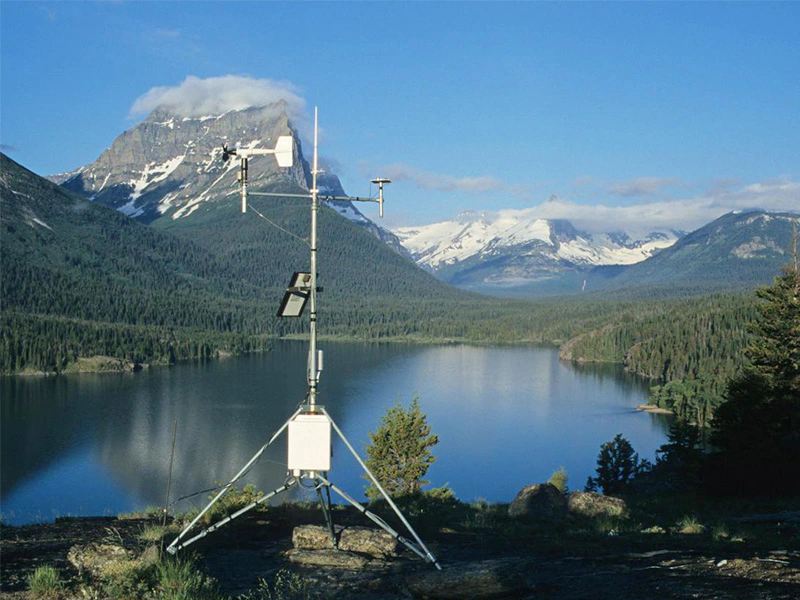
# What is a Weather Station?
A weather station is a facility equipped with instruments and sensors designed to measure various atmospheric conditions. These measurements help meteorologists, researchers, and even hobbyists understand and predict weather patterns.
## Key Components of a Weather Station
A typical weather station includes several essential instruments:
– Thermometer: Measures air temperature
– Barometer: Records atmospheric pressure
– Hygrometer: Determines humidity levels
– Anemometer: Measures wind speed
– Wind vane: Indicates wind direction
– Rain gauge: Tracks precipitation amounts
## Types of Weather Stations
Weather stations come in different forms to serve various purposes:
### Professional Weather Stations
These are sophisticated systems used by meteorological organizations and research institutions. They often include advanced sensors and are part of larger weather monitoring networks.
### Personal Weather Stations
Designed for home use, these compact systems allow individuals to monitor local weather conditions. Many connect to smartphones or computers for data tracking.
### Agricultural Weather Stations
Specialized stations help farmers monitor conditions affecting crops, including soil moisture and leaf wetness.
## How Weather Stations Work
Modern weather stations collect data through sensors that measure specific atmospheric parameters. This information is then:
– Processed by a data logger
– Transmitted to a display unit or computer
– Sometimes shared with online weather networks
Many stations now use wireless technology to transmit data, eliminating the need for complex wiring.
## Importance of Weather Stations
Weather stations play a crucial role in:
– Weather forecasting and warnings
– Climate research
– Aviation safety
– Agricultural planning
– Outdoor event planning
– Scientific studies
By providing accurate, localized weather data, these stations help us make informed decisions in our daily lives and prepare for extreme weather events.
Keyword: what is a weather station
